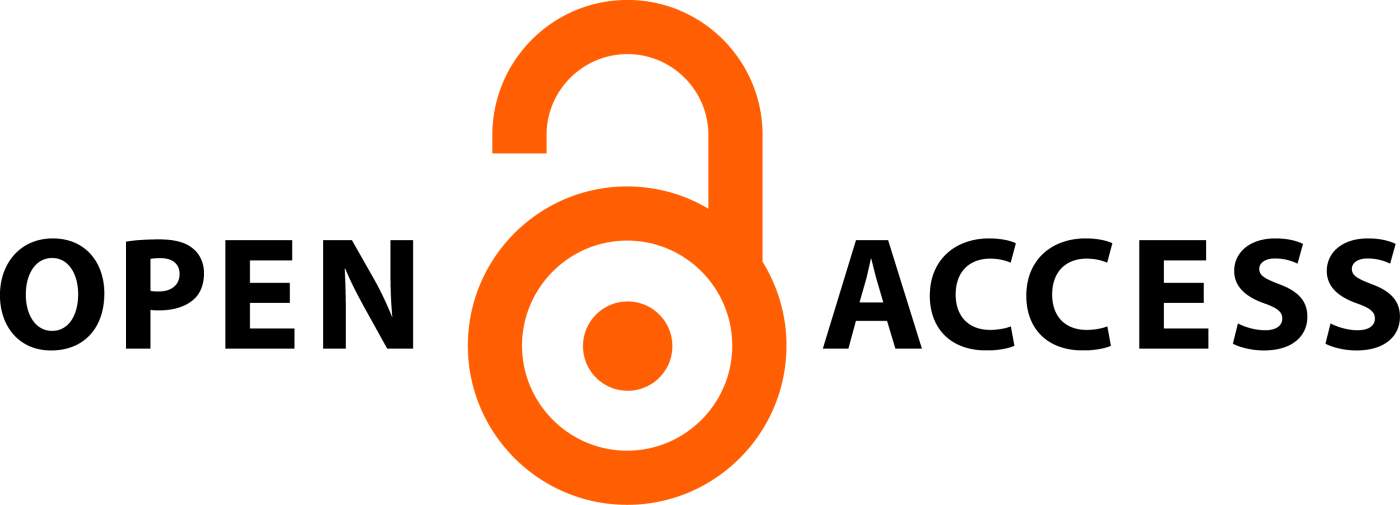OPTIMIZATION AND CHARACTERIZATION OF MELOXICAM ORODISPERSIBLE TABLETS USING MIXED HYDROTROPY FOR ENHANCED WATER SOLUBILITY
Meloxicam solubility enhancement with mixed hydrotrophy
Abstract
Introduction: In order to attain rapid discharge in saliva and enhanced absorption, drug was incorporated in a fast-dissolving dosage form (ODTs) as a solid dispersion. In this present work ODTs of Meloxicam were prepared by sublimation techniques where different subliming agents were used with super disintegrant. Materials and Methods: Hydrotropic solid dispersions were prepared using different ratios (1:2, 1:4 and 1:6) of drug and hydrotropic blends (Niacinamide, Anhy. Sodium citrate, Sodium Salicylate and Sodium benzoate). Best hydrotropic solid dispersion was selected to prepare ODTs comprising of croscarmellose sodium and camphor in different concentration along with other pharmaceutical excipients. From the primary trial batches, T3 was selected for optimization experimental designs due to lowest disintegration time and highest in vitro drug release. Secondary batches (F1-F9) were prepared by using 32 full factorial design with different concentration of croscarmellose sodium (12, 14 and 16 mg) and camphor (8, 10 and 12 mg) as two independent variables while disintegration time and percent friability were considered as two dependent response variables. These formulations were subjected to study of various post compression evaluation parameters like hardness, thickness, friability, weight variation, disintegration time (25-117 sec) and in-vitro drug release (99.09%).
Result and Discussion: Equilibrium solubility studies were reported that by utilizing hydrotropy, the solubility of Meloxicam got enhanced from 20.5 to 140.96 times as compared to its aqueous solubility. The desirability fraction was used to optimize the response variables for specific targets, i.e., minimum disintegration time and maximum dissolution, and the responses obtained were consistent for experimental values.
Downloads
All the articles published in JAPSR are distributed under a creative commons license (CC BY-NC-SA 4.0)
Under this license, you are free to:
- Share- copy and redistribute the material in any medium or format for any purpose, even commercially.
- Adapt- remix, transform, and build upon the material for any purpose, even commercially.
The licensor cannot revoke these freedoms as long as you follow the license terms.
- Attribution — You must give appropriate credit , provide a link to the license, and indicate if changes were made . You may do so in any reasonable manner, but not in any way that suggests the licensor endorses you or your use.
- NonCommercial — You may not use the material for commercial purposes .
- ShareAlike — If you remix, transform, or build upon the material, you must distribute your contributions under the same license as the original.
- No additional restrictions — You may not apply legal terms or technological measures that legally restrict others from doing anything the license permits.
Copyright policy
The journal allows the author(s) to hold the copyright of their work. That means the authors do not need to transfer the copyright of their work to the journal. However, the authors grant JAPSR a license to publish the article and identify itself as the original publisher.
Licensing policy
The journal allows the author(s) to hold the copyright of their work. That means the authors do not need to transfer the copyright of their work to the journal. However, the authors grant JAPSR a license to publish the article and identify itself as the original publisher.






